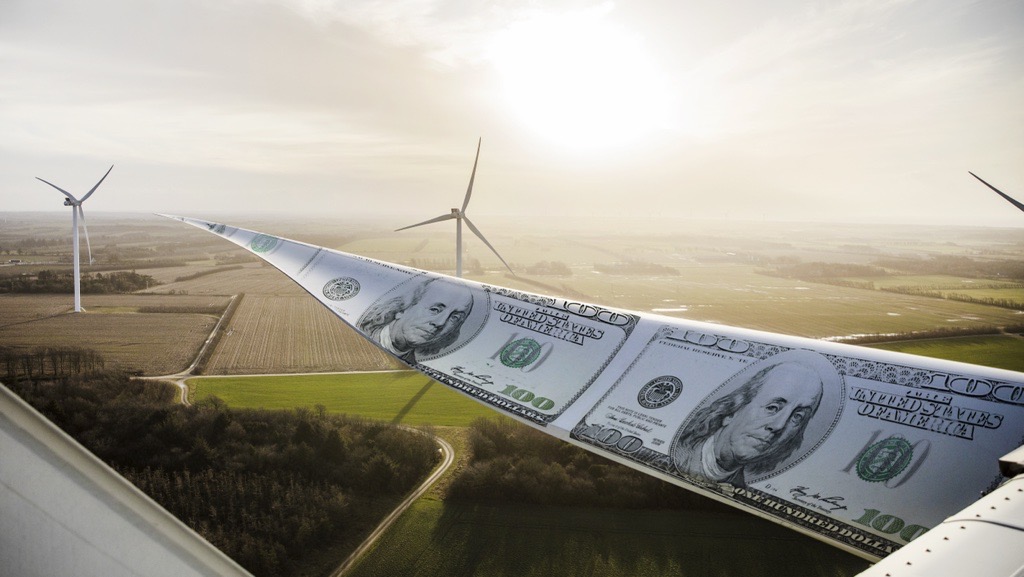Maximising revenue under fixed price agreements
Technology
Authors
Johannes Maidl, Commercial Senior Specialist
Mads Hovmøller Mortensen, Head of Value Management
Jan Vestergaard Knudsen, Senior Product Manager
Maximising revenue under fixed price agreements
Wind energy is an essential component of tomorrow’s renewable energy system and is beneficial for both business and the environment. High wind availability, decreasing costs of technology, and regulated support mechanisms combine to make it a potentially rich investment opportunity. So, what’s stopping us?
Future opportunities
Market uncertainty is only natural given the volatility of electricity prices during these times of global unrest - and uncertainty about future regulations contribute to an atmosphere of hesitation. Given these circumstances, creating a viable future-facing business scenario with confidence appears to be increasingly complex, but this needn’t be the case. Mechanisms providing power generation revenue certainty are instrumental in order to spark interests from investors and financiers, either through private instruments such as Power Purchase Agreements (PPAs), or government regulations providing auction PPAs, Feed-in Tariffs (FITs), Contract for Differences (CfDs), and subsidies. With the institution of various support mechanisms, such as the US Inflation Reduction Act, designed to address revenue security challenges, a path towards protecting revenue generation has opened.
And how we maximise the effect of these mechanisms can make real tangible difference in achieving a convincing business case for a new park - and turning hesitation into confidence.

Maximise business cases with high capacity turbines
One way to maximise revenue with a fixed compensation agreement is to specify turbines with a high-capacity factor. The ability to harvest more energy from available wind – particularly at low to medium wind scenarios will allow a park to capture more energy earlier and deliver more energy earlier. Put simply, the more MWh generated per MW, the more revenue will be linearly generated under a fixed price context.
The results speak for themselves
The benefit maximisation through a high-capacity factor turbine effect can be seen in the US through the Inflation Reduction Act (IRA). Under IRA, every MWh produced would be eligible for a Production Tax Credit (refund) of $27.5 per MWh. The Inflation Reduction Act also contains provisions that would enable projects to qualify for even higher tax benefits (worth up to an extra $5.5 per MWh) if they meet domestic content requirements or are located in communities not traditionally benefited by the energy transition. The high value of the Production Tax Credit makes a solid business case for a high-capacity factor turbine to create significant value by boosting generation revenue, especially as the US onshore market trends towards lower average wind speeds.
High capacity boosts revenue streams
For financial modelers from wind energy developers, IPPs or utilities who need to guide their procurement offices – it is essential then, to consider the impact of high capacity factor turbines in their modelling to help boost their revenue stream under fixed income agreements.